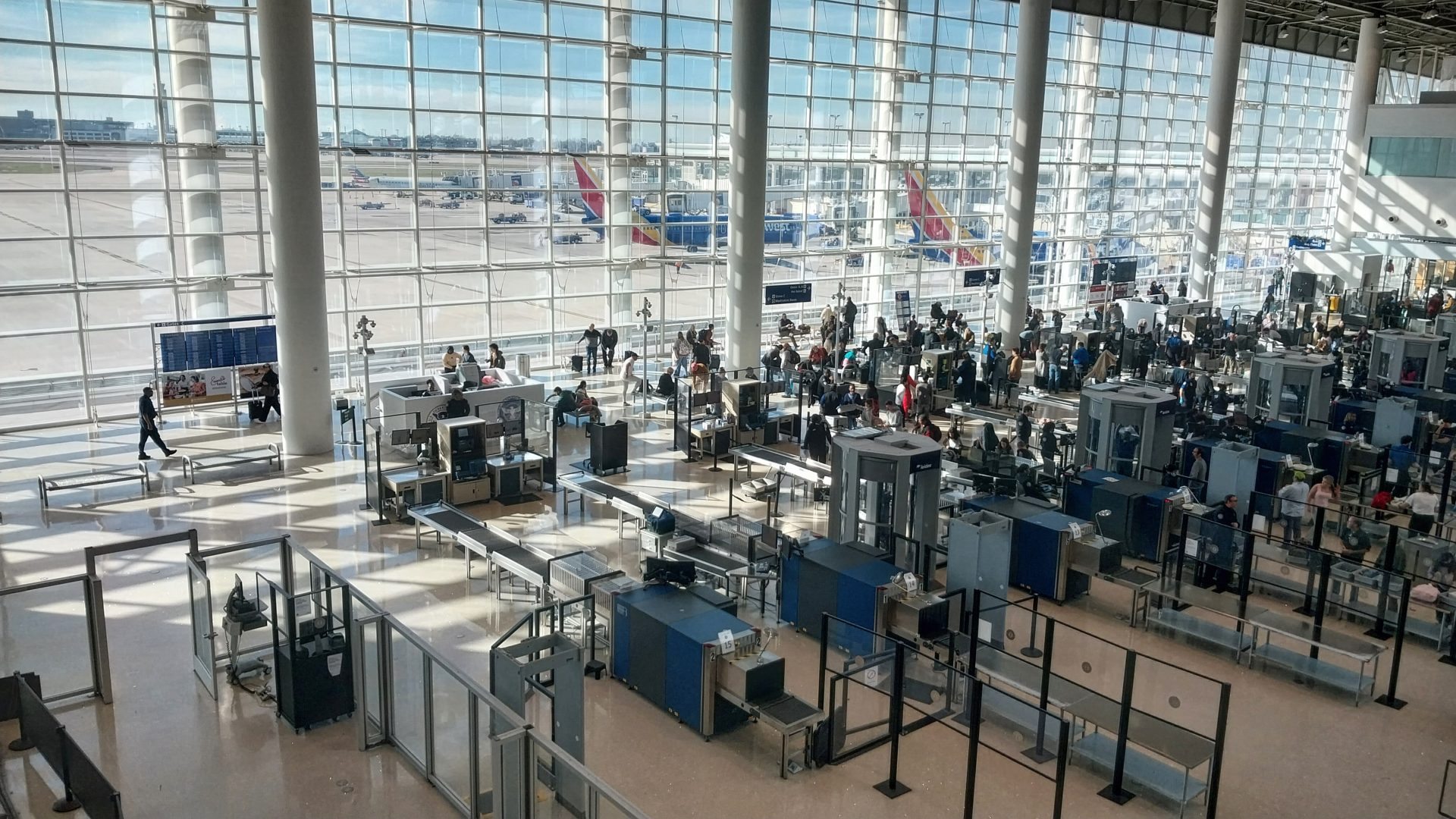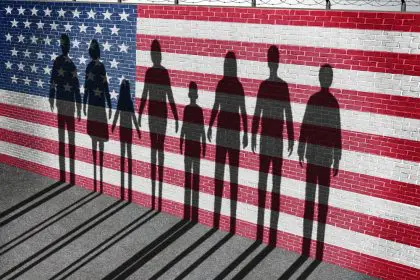The Transportation Security Administration has quietly begun eliminating one of air travel’s most frustrating requirements, allowing passengers to keep their shoes on during security screening at select major airports across the United States. This dramatic policy shift represents the end of a nearly two-decade-long security measure that has inconvenienced millions of travelers since its implementation following post-September 11 security concerns. The change marks a significant departure from standard operating procedures that have defined airport security experiences for an entire generation of air travelers.
Internal TSA communications indicate that this policy reversal will eventually expand to all American airports, potentially transforming the airport security experience for millions of passengers who have grown accustomed to the shoe removal ritual. The quiet rollout suggests that security officials have developed new screening technologies and procedures that maintain safety standards without requiring passengers to remove footwear.
Major airports lead the revolutionary policy change
Several prominent airports have already begun implementing the new shoe-friendly screening procedures, with passengers reporting surprise and relief at being able to maintain their footwear during security checks. Baltimore/Washington International, Fort Lauderdale International, Cincinnati/Northern Kentucky International, Portland International, Philadelphia International, and Piedmont Triad International in North Carolina represent the initial wave of airports adopting this passenger-friendly approach.
High-traffic airports including Los Angeles International and New York’s LaGuardia have also reportedly joined the program, with travelers documenting their experiences of walking through security checkpoints without the traditional shoe removal process. These major hub airports serve millions of passengers annually, making their participation in the pilot program particularly significant for overall travel experience improvements.
The selection of these airports suggests a strategic approach to testing the new procedures across different geographic regions and passenger volume levels. Airport security officials are likely monitoring the effectiveness of the new screening methods while gathering data on passenger flow improvements and security maintenance standards.
Security technology advances enable policy transformation
The TSA has invested considerable resources over the past decade in developing advanced screening technologies that can effectively detect threats without requiring passengers to remove shoes, belts, and other items. These technological improvements have enabled security personnel to maintain rigorous safety standards while reducing the physical inconvenience associated with traditional screening procedures.
Advanced imaging technology and improved detection systems now allow security officers to identify potential threats through footwear without requiring removal in most circumstances. However, passengers who trigger alarm systems during initial screening will still be required to remove shoes for additional inspection, maintaining necessary security protocols for suspicious situations.
The agency has emphasized that these changes represent ongoing efforts to enhance passenger experience while maintaining strong security measures. Years of research and development have produced screening equipment capable of detecting threats through various materials and clothing layers, making the traditional shoe removal requirement obsolete in many screening scenarios.
Implications for TSA PreCheck and future travel
The elimination of shoe removal requirements raises important questions about the future value proposition of TSA PreCheck, the premium screening program that costs approximately $80 for five years and previously offered shoe retention as a primary benefit. With standard screening lanes now offering similar conveniences, the program may need to develop additional benefits to justify its membership fees.
TSA officials have not provided detailed explanations about how this policy change will affect PreCheck enrollment and renewal rates. The program’s value may shift toward other benefits such as shorter wait times, liquid retention privileges, and laptop bag convenience rather than shoe removal advantages.
The gradual rollout suggests that the agency is carefully monitoring the impact on both security effectiveness and passenger satisfaction. Success at initial airports will likely accelerate expansion to additional locations, potentially making shoe removal a historical footnote in airport security procedures rather than a daily travel requirement.
This policy transformation represents one of the most significant changes to airport security procedures since the post-September 11 security enhancements were implemented, offering hope for continued improvements in the balance between safety and passenger convenience.












